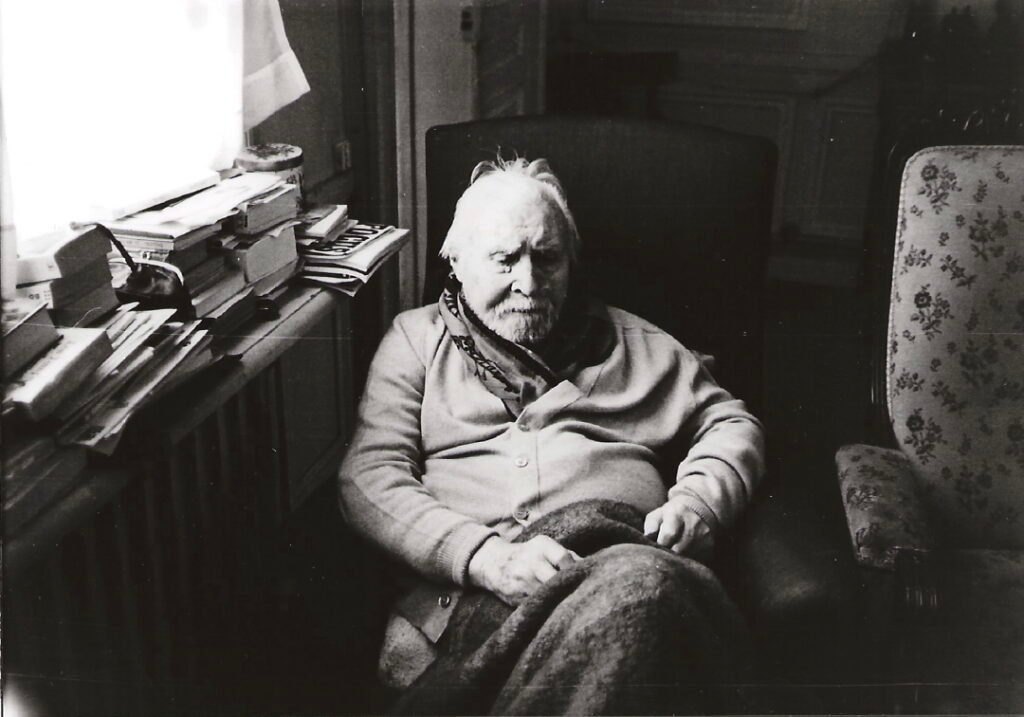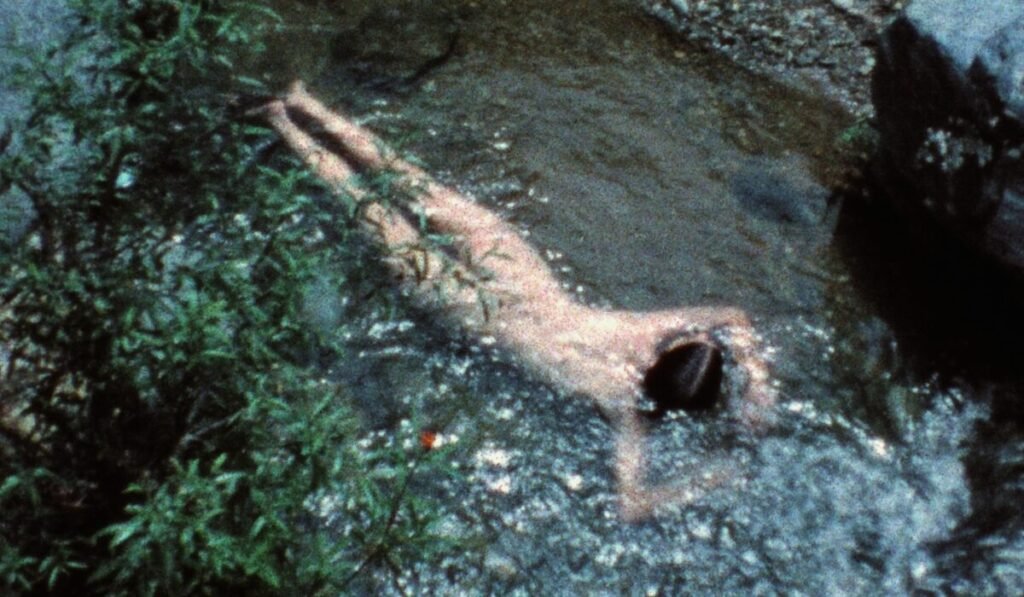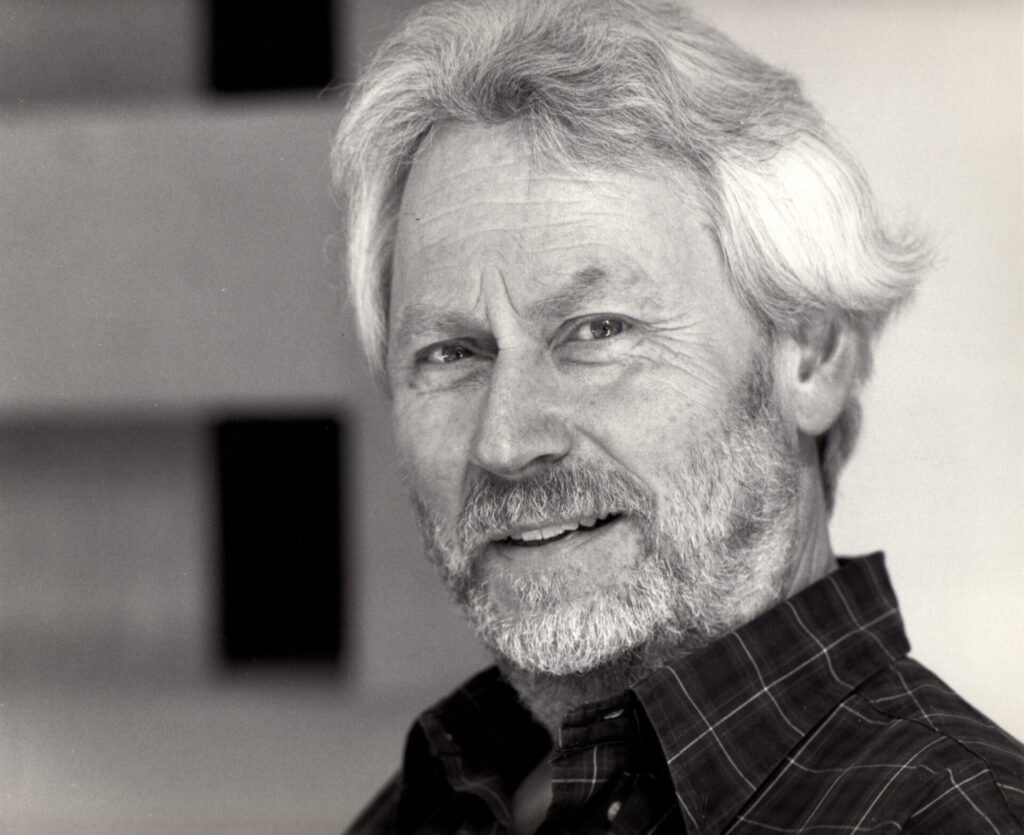At its most radical, surrealism does not aim to represent reality — it rejects it entirely. More than a simple escape, it challenges the idea of form as a rational construct. For André Masson, one of the movement’s most experimental artists, every form is a prison. It limits the creative impulse by turning lived experience into concept. Masson did not seek forms. He sought impulses.
His artistic gesture rejects the image as direct representation. Even lines and stains, in his view, are not pure. The image always carries some kind of allegory — a symbolic narrative that points outward. What Masson pursued was the sign. Unlike the image, the sign comes from inner experience. It doesn’t represent — it vibrates. So, it emanates from within and has no external reference. It offers no explanation. It simply exists.
The Sign as Presence and The Canvas as a Sensitive Body
This distinction between image and sign defines Masson’s aesthetics. While allegory points outward, the sign turns inward. It becomes a raw, enigmatic presence that can only be perceived in a state of rational suspension. It acts as a force that crosses the canvas and exposes the invisible — not through form, but through vibration.

For the artist, the canvas was never a neutral space. It behaved like a living organism, reacting to the artist’s gestures and bodily impulses. In this interaction, subject and matter merge. The line does not arise from thought but from the body. By embracing accident and unconscious drives, Masson allows matter to guide the creative process through tension and listening.
André Masson’s Painting as The Language of the Unthinkable
André Masson’s automatic painting cannot be reduced to technique. It emerges as a radical surrender. He does not seek beauty or expression. Instead, he chases the unthinkable — that which escapes form and logic. To reach this realm, he dismantles the visible world and transforms painting’s matter into a living presence.
Paint, charcoal, and paper are not tools but sensitive entities with which the artist engages. From the canvas, no idealized image arises. In its place, fragmented, unstable signs take shape. His art does not aim to depict the world. It aims to unearth its depths. In doing so, it reveals a language that is not read by the eyes but felt by the body.



